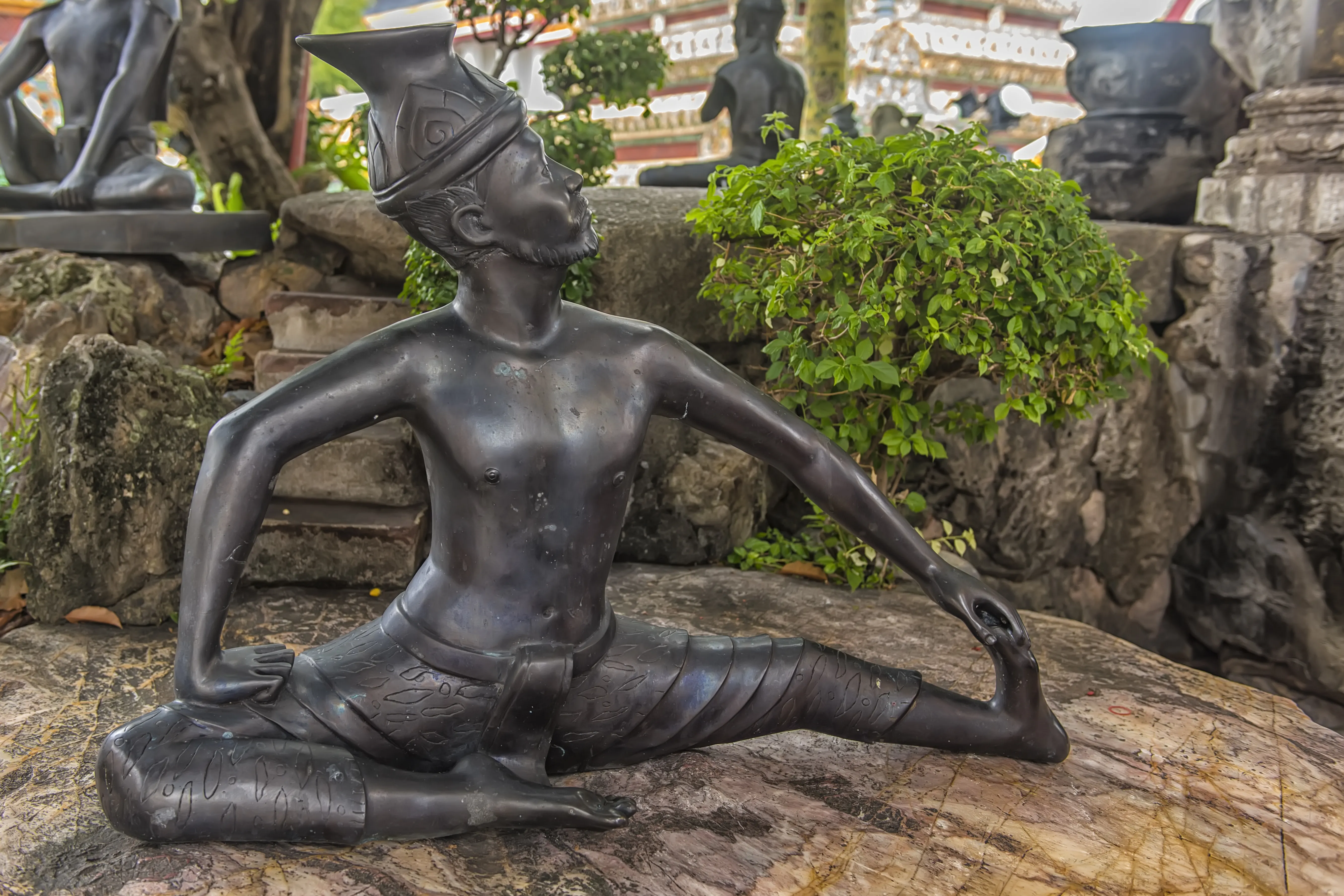The History of Thai Massage: From Ancient Origins to UNESCO Recognition
Thai massage, also known as Nuad Thai, is a therapeutic practice deeply rooted in Thailand’s culture and history. It combines acupressure, Ayurvedic principles, and assisted yoga postures to create a holistic approach to healing and relaxation. The history of Thai massage stretches back over 2,500 years, intertwining with the spiritual, medical, and cultural traditions of Thailand.

Ancient Origins
The origins of Thai massage are traditionally attributed to Jivaka Kumar Bhaccha, known as Shivago Komarpaj in Thailand. He was a physician to the Buddha and is often referred to as the “Father Doctor” of Thai medicine. His teachings and practices laid the foundation for the development of Thai massage, which spread through the Buddhist monastic system.
Originally, Thai massage was practiced by monks in temples as a form of healing and spiritual practice. It was considered a sacred tradition, passed down orally and through practice from one generation to the next. The ancient texts, known as “Phaen Boran,” written on palm leaves, contain the early medical knowledge, including the principles of Thai massage.
Development Through the Centuries
As Buddhism spread across Southeast Asia, so did the practice of Thai massage. It absorbed influences from neighboring cultures, including Indian, Chinese, and Southeast Asian traditions. The integration of Ayurvedic medicine from India, with its focus on energy lines (called “Sen” in Thai), became a core element of Thai massage. These Sen lines are believed to channel vital energy throughout the body, and practitioners use various techniques to stimulate these lines, promoting health and well-being.
Thai massage remained an integral part of traditional Thai medicine, practiced alongside herbal medicine, nutrition, and spiritual healing. However, much of the formal knowledge of Thai massage was lost during the Burmese invasion of Ayutthaya in the 18th century. Fortunately, King Rama III ordered the preservation of remaining knowledge by inscribing the key points of Thai massage on the walls of Wat Pho temple in Bangkok. Wat Pho became the center of traditional Thai massage education and remains so to this day.
Modern Era and Global Recognition
In the 20th century, Thai massage began to gain international recognition as Western travelers and expatriates experienced its benefits. Schools were established to teach Thai massage to both locals and foreigners, leading to its spread around the world. Today, it is practiced globally, with many variations and adaptations.
The most significant recognition came in December 2019, when UNESCO added Nuad Thai to its Intangible Cultural Heritage of Humanity list. This prestigious recognition was the result of efforts by the Thai government and cultural institutions to preserve and promote Thai massage as a vital part of Thailand’s cultural heritage. UNESCO’s listing highlighted the cultural importance of Thai massage, acknowledging its role in promoting health, well-being, and cultural identity.
Conclusion
Thai massage has evolved from its ancient roots in Buddhist temples to become a globally recognized therapeutic practice. Its inclusion in the UNESCO list of Intangible Cultural Heritage of Humanity marks a significant milestone in its history, ensuring that this ancient art of healing will be preserved and celebrated for generations to come. Thai massage is not just a physical therapy but a spiritual and cultural practice that continues to connect people to Thailand’s rich history and traditions.